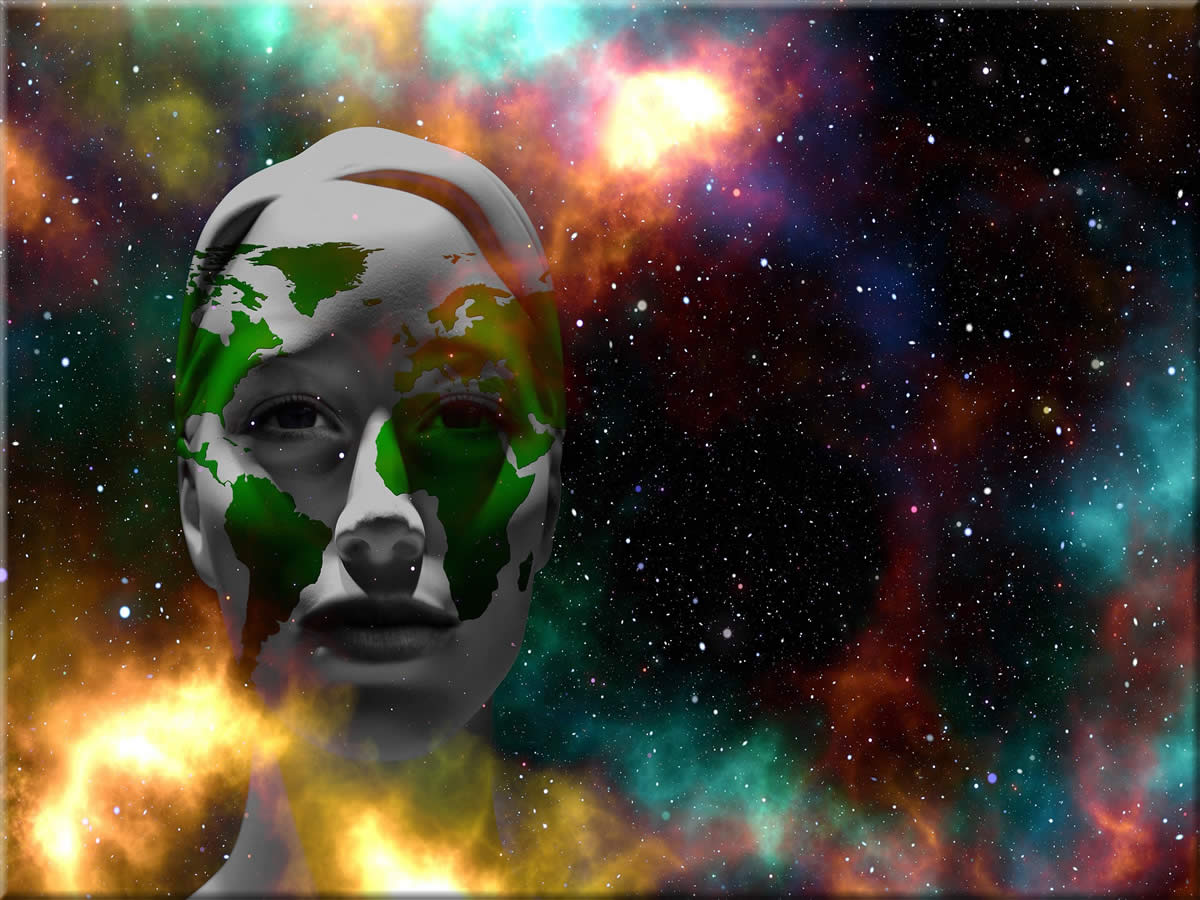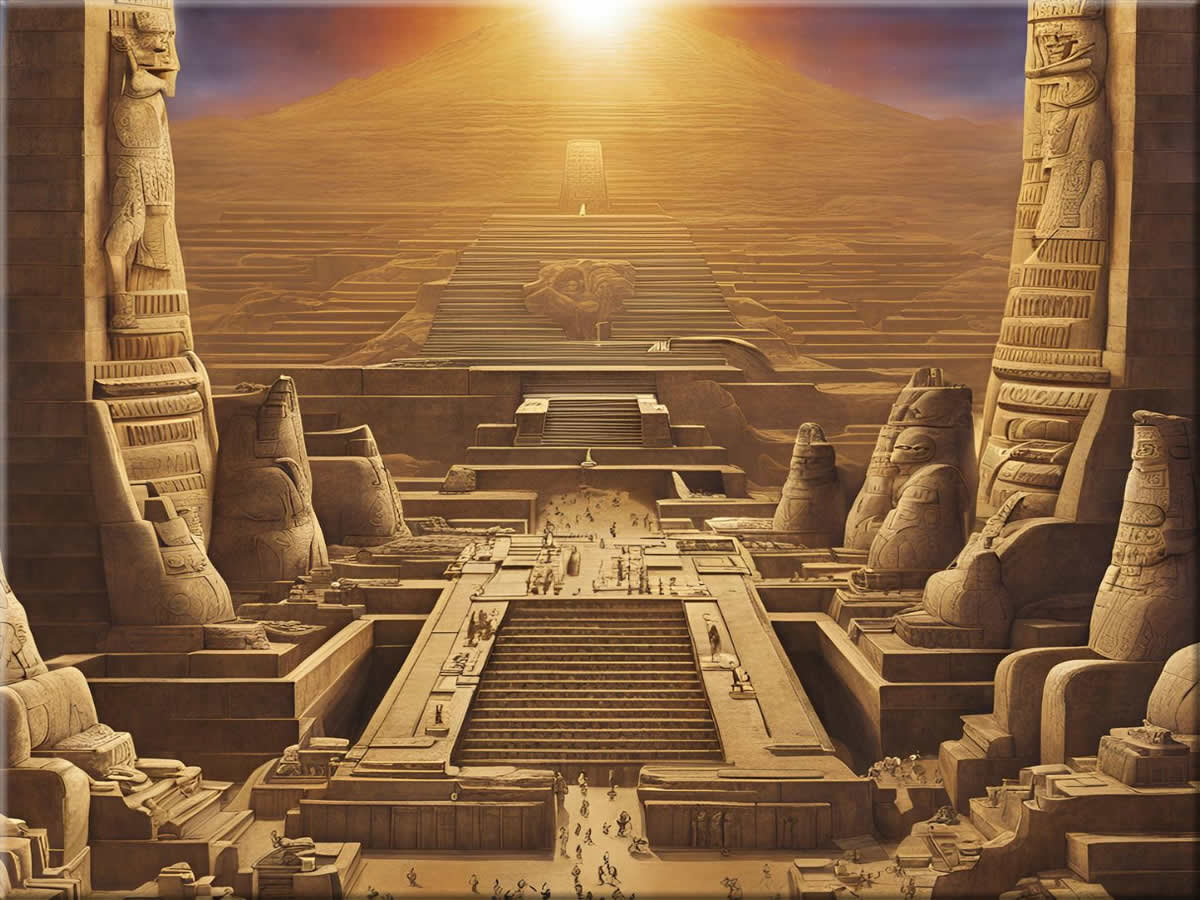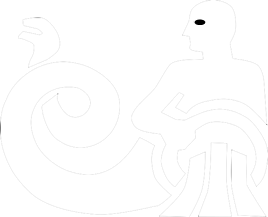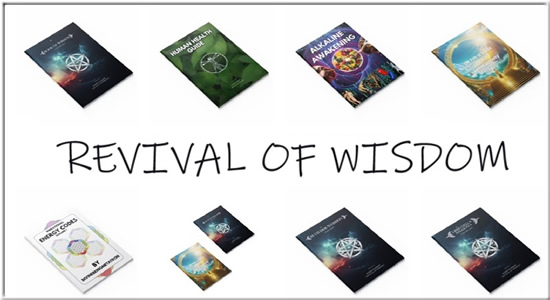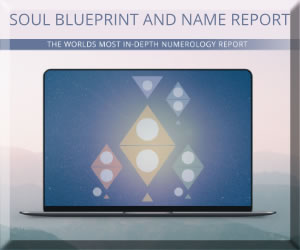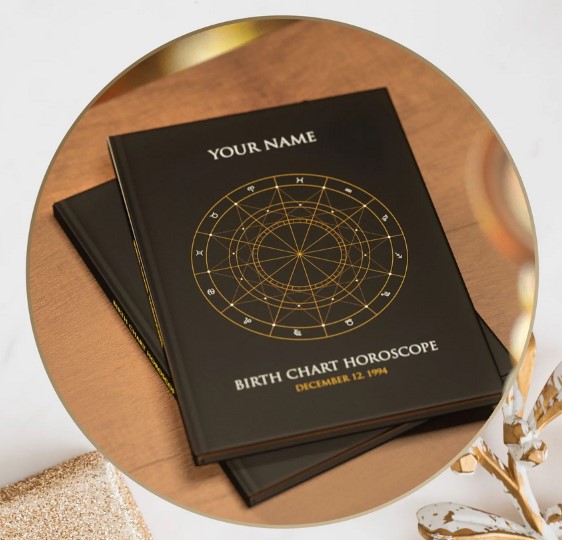
The Philosophy Of Ancient Mysticism
Mysticism isn’t a new-age fad; it goes way back to the dawn of civilizations. Imagine ancient peoples looking up at the stars or experiencing the awe of natural phenomena—mysticism started as a way to understand and connect with the inexplicable forces around them. These ancient beliefs weren’t merely about what gods or forces might be controlling things but were a deeper, more personal journey to find meaning and understanding.
Mysticism played a crucial role in ancient practices related to religion and spirituality. It carved out paths for individuals seeking deeper truths beyond the material world. The connection between the divine and daily life was intertwined for the ancient Egyptians, with rituals and mysteries central to their spiritual outlook. Meanwhile, Vedic traditions in India showcased various mystical practices, focusing on inner tranquility and universal truths.
Comparing mystical traditions across diverse cultures is like opening a global history book of spiritual curiosities. The Sumerians communicated with gods through elaborate rites, while Egyptians used symbolism and sacred architecture to express more profound mysteries. Vedic mysticism explored existence’s core questions with chants and yogic practices. Each tradition, while unique, contributed to a common tapestry of human inquiry into the supernatural.
Ancient mysticism wasn’t just random rituals or mythical stories; it profoundly influenced spiritual philosophies that continue to inspire. These early mystics laid the groundwork for philosophical thought questioning existence, the divine, and the self. Understanding these roots helps us appreciate how interconnected our spiritual heritages truly are.
Mysticism and Metaphysical Inquiry: Bridging the Physical and the Divine
Ancient mystics weren’t just star-gazers or dreamers; they were early philosophers trying to bridge the physical world and the divine. They pushed the boundaries of their understanding, constantly probing what lies beyond the seen and tangible. Their quest wasn’t just about religious fervor but a deep dive into life’s fundamental questions.

Mystics delved into metaphysical thought, exploring the cosmos and humanity’s place. They sought answers about our origins and connection to the universe—a strangely comforting and relatable theme, even thousands of years later. Their insights sparked intellectual debates and contributed to today’s broader philosophical discussions.
Exploring mind-body dualism became a focal point for many mystical traditions. They often approached the body and spirit as interconnected yet distinct entities. This dualism fueled contemplations about life, death, and beyond, helping followers understand their existence in a layered fashion that questioned earthly and ethereal realms.
Mystical experiences often influenced broader intellectual pursuits, opening new ways of thinking about being and knowledge. These profound moments weren’t just individual enlightenment but pushed communities to broaden their perceptions, blending emotion, intuition, and logic. Understanding these experiences sheds light on how ancient mystics contributed to broader philosophical thoughts, blending introspection with a thirst for overarching truths.
The Book of Wisdom is a must-have book for every free-thinker and truth-seeker. It offers a wealth of knowledge, encompassing both surface-level truths and deep, hidden insights from the esoteric realm.
Symbols, Rituals, and Experiences: The Mystical Path to Enlightenment
Symbols played a massive role in mystical traditions, acting as keys to deeper understanding and enlightenment. These were more than just art or language; they were gateways to knowledge transcending ordinary perception. Each symbol carried layers of meaning and provided mystics with a language that connected spiritual insights with the physical world.
Rituals were central to the mystical journey, offering structure and rhythm to spiritual quests. Through set practices, mystics could channel their energies and focus their minds on higher planes of consciousness. These practices varied widely—from sacred dances to chants and incantations—aiming to bring individuals closer to mystical truths.
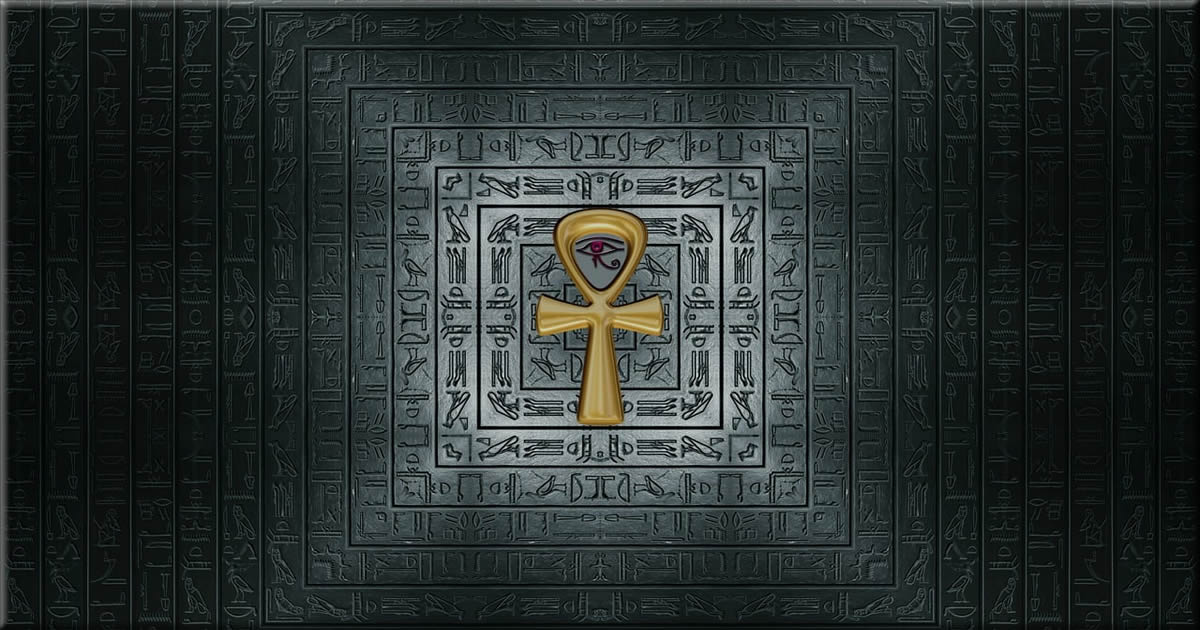
Meditation and ecstatic experiences were other crucial aspects of the mystical path. By quieting the mind or immersing themselves in trance states, mystics sought personal encounters with the divine or universal spirit. These experiences weren’t mere escapism but profound attempts to transform consciousness and self-awareness.
At its core, mysticism provided alternate pathways to wisdom and insight, distinct from conventional knowledge or learning. Pursuing enlightenment wasn’t just about acquiring information and changing one’s fundamental understanding of reality. This mystical enlightenment was considered a higher, purer form of knowledge for many ancient cultures.
Understanding these ancient practices offers modern seekers invaluable perspectives on spiritual growth. While today’s challenges differ, the human quest for meaning and connection remains the same. Engaging with mystical symbols and experiences can enrich our understanding and perhaps guide us to personal and collective enlightenment.
Legacy and Modern Resonance: Rediscovering Ancient Mysticism Today
Ancient mysticism’s impact reverberates through modern spiritual movements, illustrating its timeless appeal. Across the globe, people are increasingly turning to mystical practices, seeking connection and understanding in a fast-paced world. From this perspective, the Aquarian Mystics emerged as a beacon for independent thinking and truth-seeking in a world often ruled by conformity. This resurgence highlights mystical traditions’ enduring power and relevance in contemporary life.

The revival of interest in these age-old practices isn’t just about nostalgia. More people recognize the value of mysticism’s introspective and transformative elements, using them to navigate personal growth and spiritual development. As we grapple with existential questions, ancient mysticism offers profound and practical wisdom.
Despite its appeal, mysticism isn’t immune to critique, particularly from those who prioritize scientific rationalism. The debate often concerns mysticism’s seemingly intangible nature and its divergence from empirical evidence. Yet, this discussion invites a broader conversation about how humans seek truth and meaning beyond the material world.
Preserving the legacies of ancient mystics is crucial in maintaining a balanced view of spiritual history. Recognizing their influence encourages a holistic understanding of spirituality that acknowledges historical significance and modern applicability. By exploring ancient mysticism’s profound ideas, we can find inspiration and guidance in our quest for learning and fulfillment.
Volume 2 continues the profound themes introduced in the predecessor even deeper into the complexities of existence and the pursuit of knowledge, encouraging readers to question established beliefs.
Related Topics

